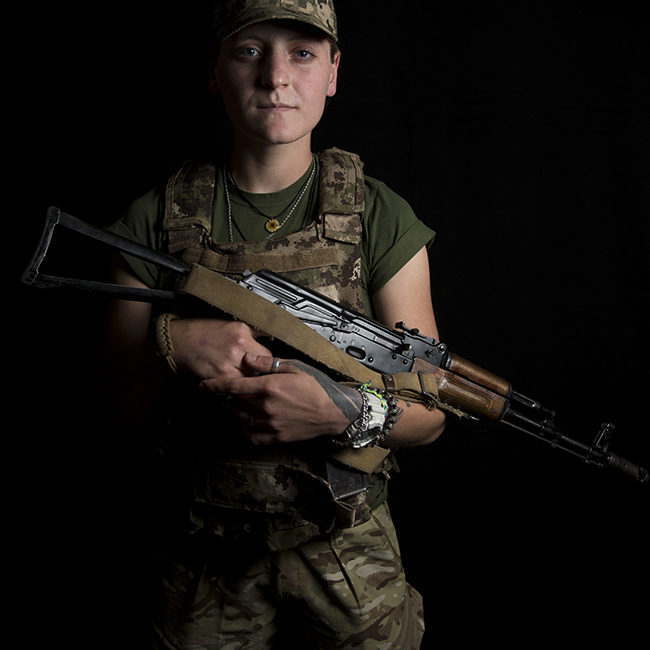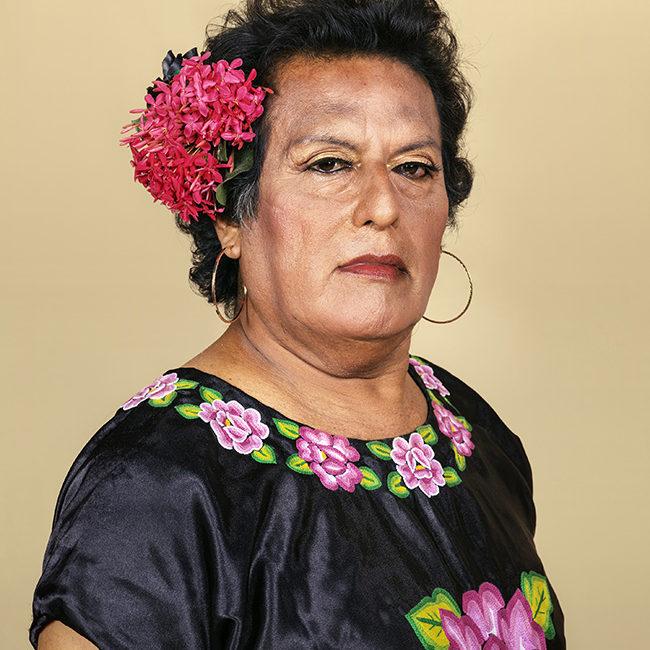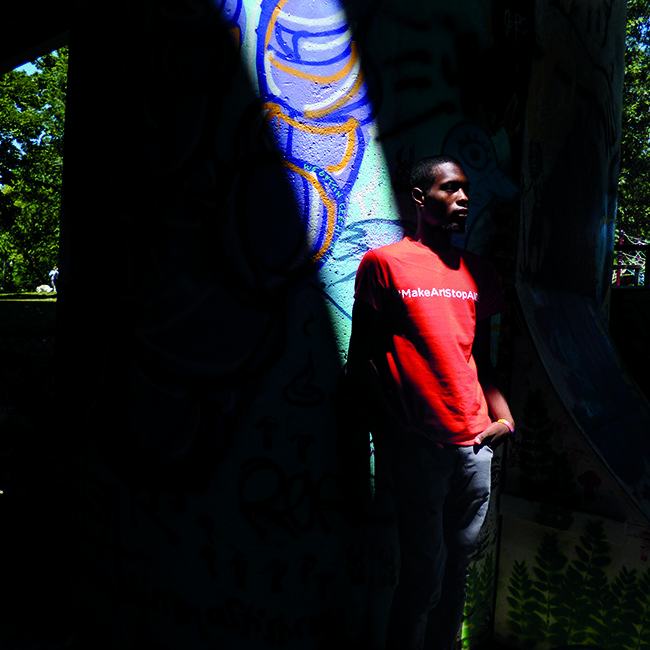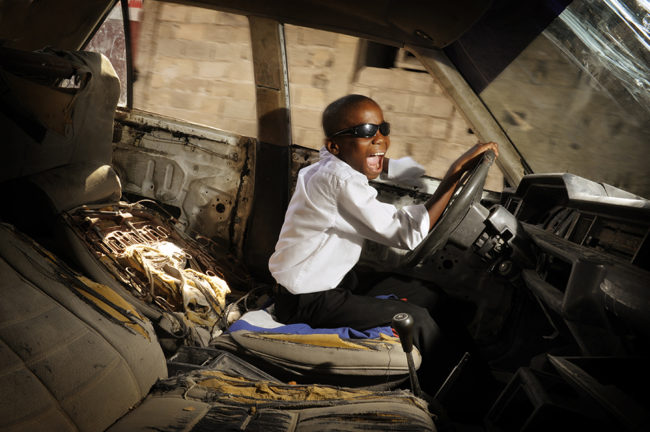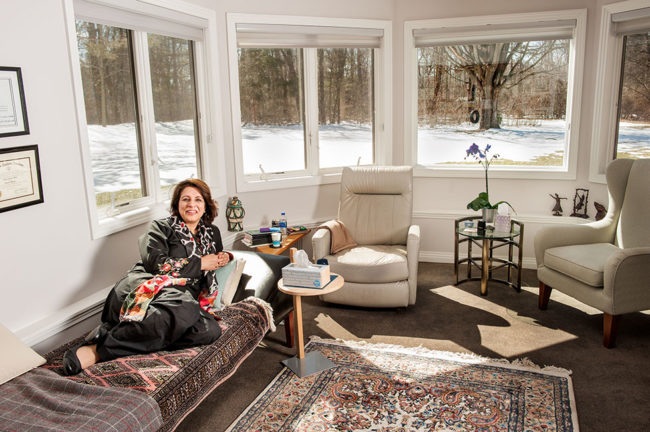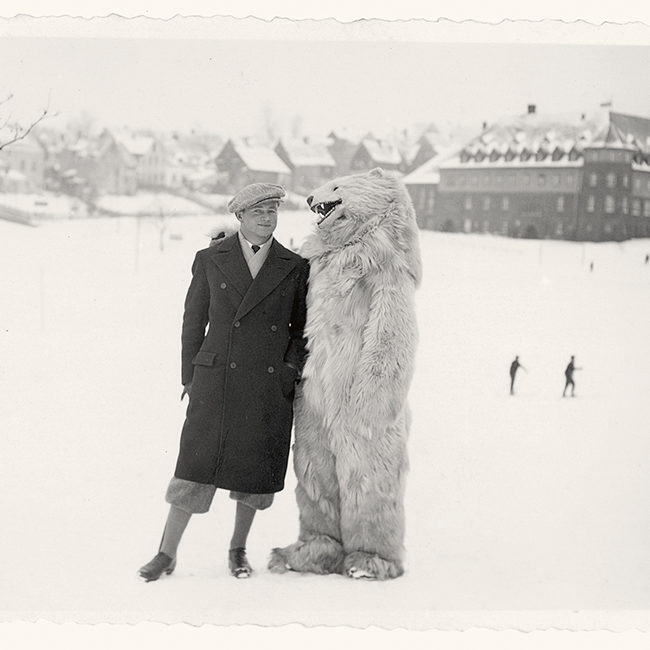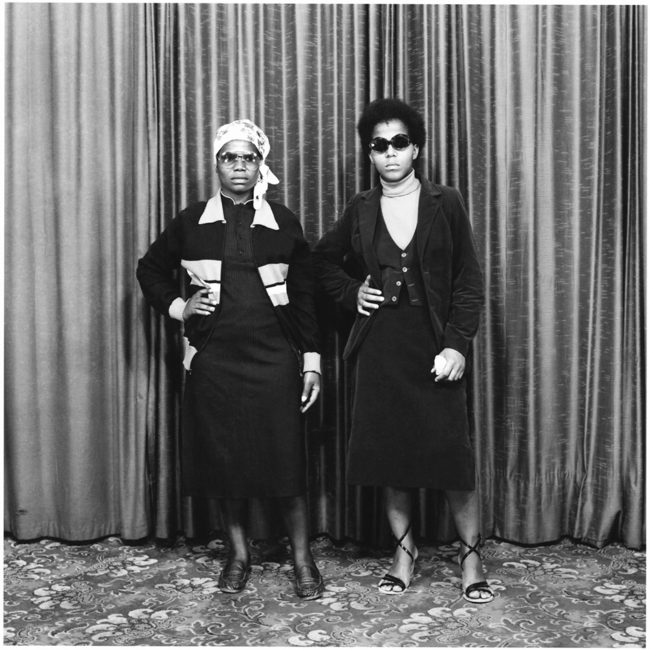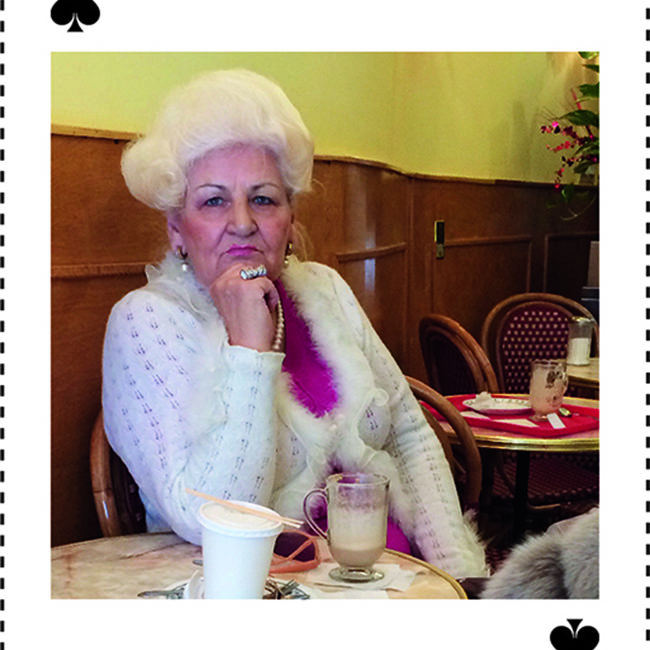“Take me to Jermany,” a series created by Charlotte Schmitz, is currently on view at the Alfstad& Contemporary art space in Sarasota, Florida. The title of the work is a phrase asylum seekers often said to Schmitz – and also wrote – while she was photographing them in Greece and Turkey. “It comes from how Germany is being pronounced in Arabic and Farsi, but I like the imperfection of it,” Schmitz told PDN. The spelling may be inexact, but it expresses the ardent desire of the people in Schmitz’s Polaroids to reach a place they see as a safe refuge.
In 2015, Germany took in over one million refugees, taking a leading role in response to a humanitarian crisis grounded in the persecution of people based on race, political or religious beliefs. Germany’s positive attitude toward those fleeing war, brutality and the risk of execution in Syria, Afghanistan and elsewhere did not last long. Some of the media has portrayed refugees as a threat to safety. Fear and xenophobia is on the rise.
Schmitz, who speaks six languages including Turkish, moved to Istanbul from Germany in 2014. She wanted to able to cover the civil war in Syria and the millions of refugees fleeing to Turkey. After forging friendships with Syrians in her neighborhood, she traveled to Lesvos, Greece, in 2015, compelled to document the refugees trying to cross borders. She used a Polaroid camera, and asked the people she photographed to share a thought by writing on the border of their portrait.
“I wanted ‘Take me to Jermany’ to be direct and participatory,” said Schmitz to PDN. “It was important to me to make the people I photographed co-authors and to give them the possibility to tell their own stories.” The combination of imagery and text, Schmitz hoped, would urge the viewer to see the refugees “not as an abstraction, but as individual faces.”
One young refugee wrote on his Polaroid, “I see only Humans, not Humanity.”
Schmitz has remained connected to many people she photographed. She also assisted several. She recognizes that the help she offered people—by giving them her phone number and connecting them with civil rescue teams—places her work in the sphere of activism rather than journalism. She remembers many instances of humor and joy with the refugees, but the encounter that haunts her the most is the one where she feels she failed:
A young woman was sitting on the railways to Eidomeni, where the border was recently closed. We talked for a long time, she wanted to tell her story, but not to be photographed. She chose the blue sky as her picture. On her Polaroid she wrote, “My uncle sold me to a man who raped me every day. I was promised a better life in Istanbul, but they took my passport and forced me to work as a prostitute. Now I stand in front of a closed border. I don’t know what to do.” I provided her with contacts in Athens and I gave her my phone number, but I didn’t get her phone number. When I realized this the next day, I couldn’t find her anymore. I haven’t heard from her since, I don’t know where she is, if she was somehow able to cross the border, if she is still in Greece, if she was forced into prostitution again.
“Take me to Jermany” is on view through February 2, 2018. The work is a part of “Shine the Light,” a multimedia exhibition that focuses on the current and historical aspects of refugee displacement, persecution and the struggles of finding home.
-Sarah Stacke
Related Articles
Portraits of Kids Who Came to the U.S. Alone
Getting to Know his Somali Neighbors
Advertising Photographer Fredrik Clement Finds a Higher Calling Photographing Refugee Football (for PDN subscribers; login required)
